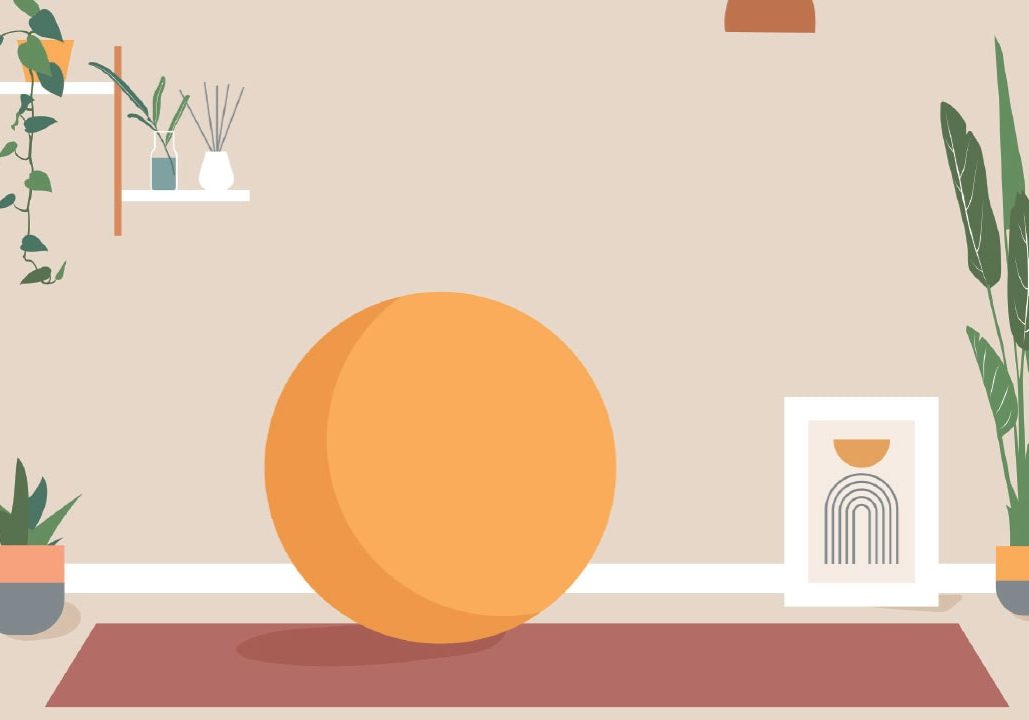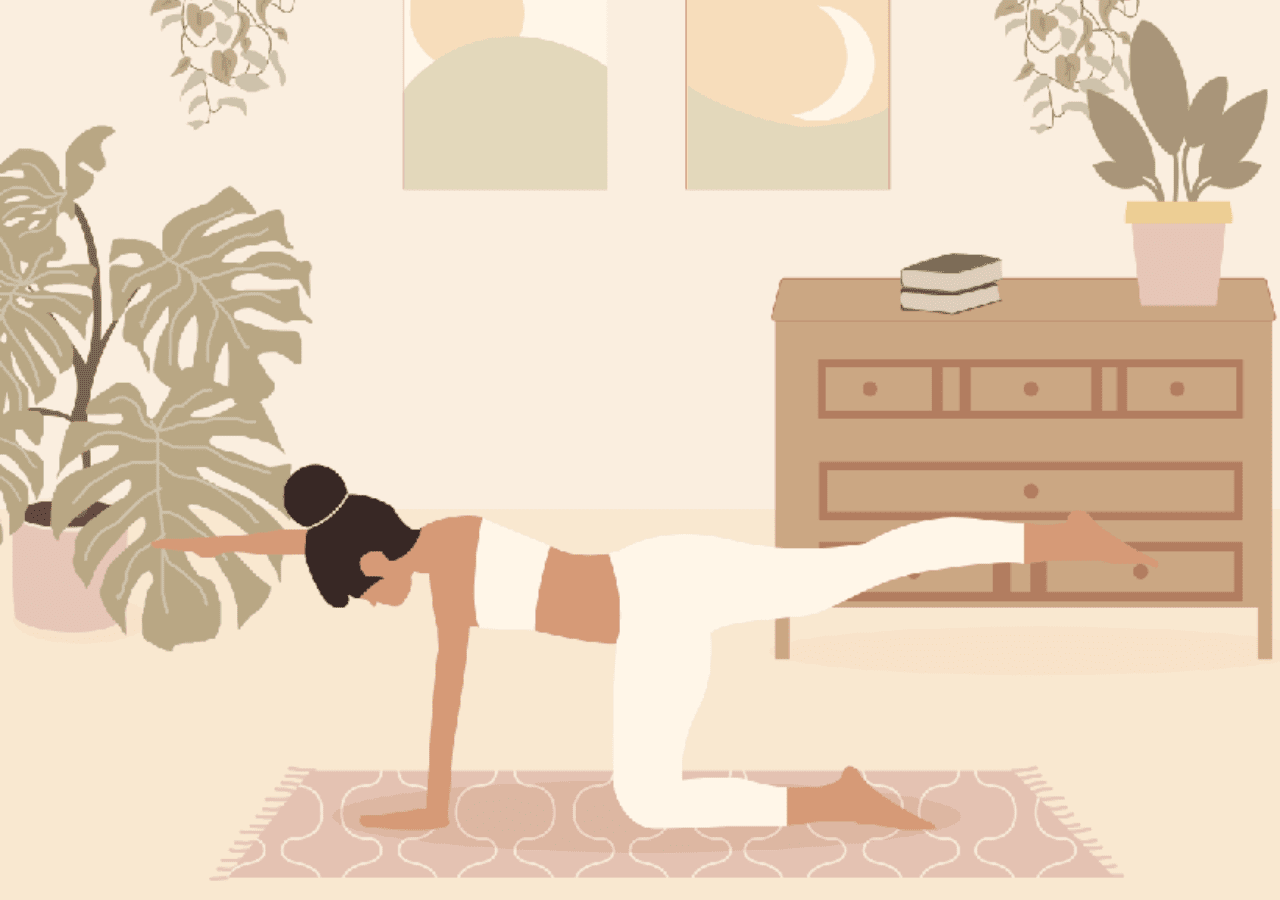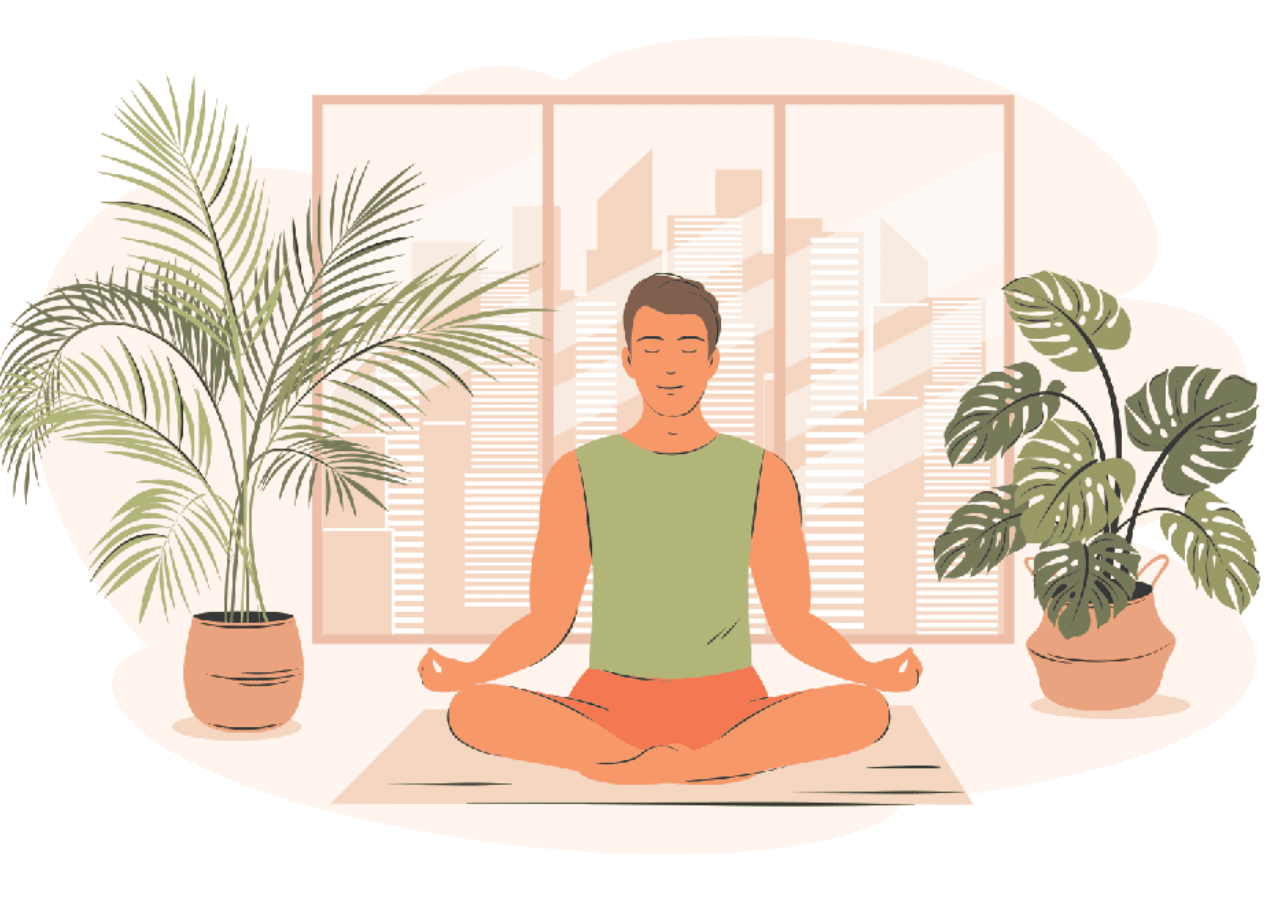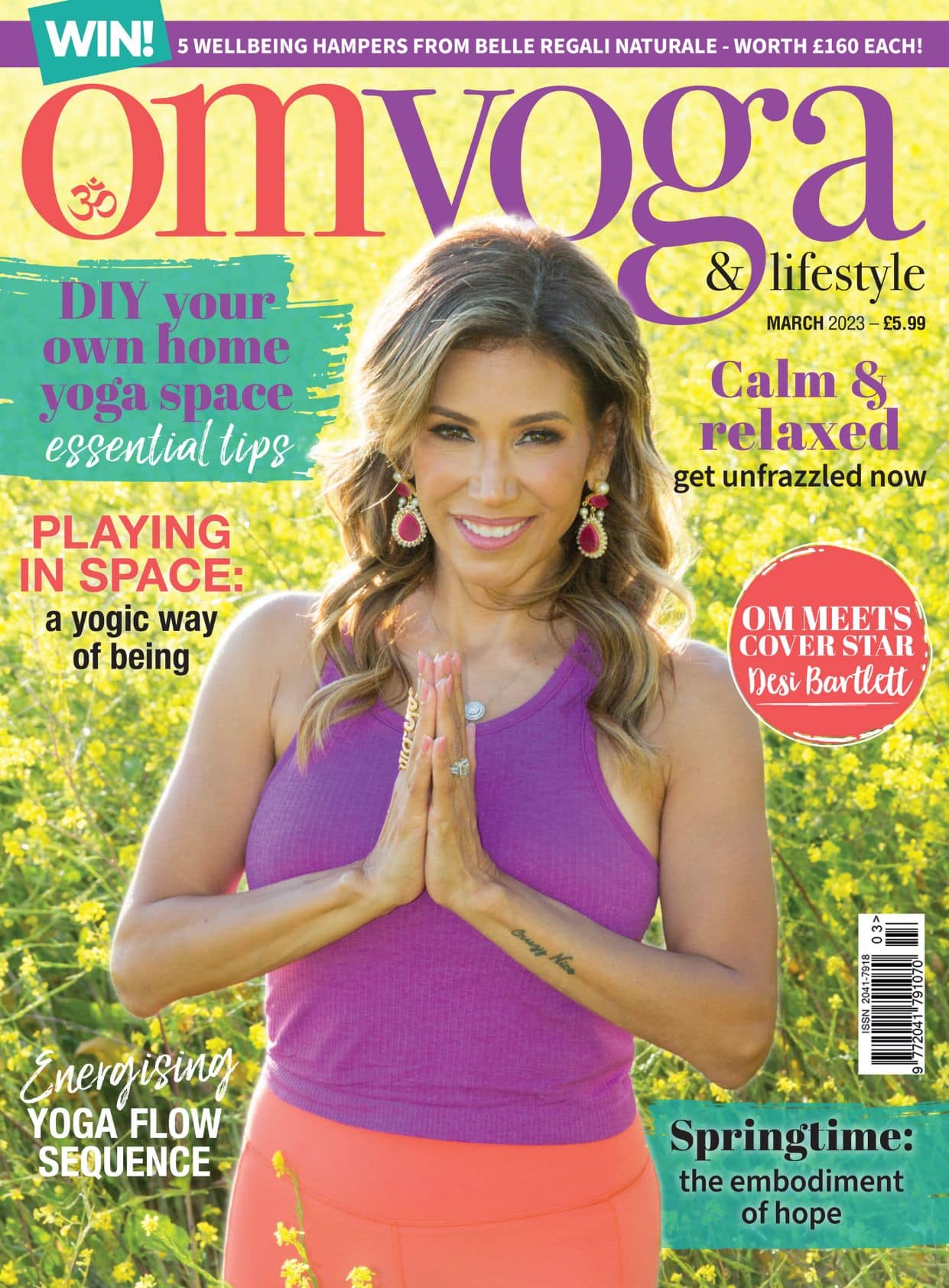
DIY your own home yoga space
Simple steps to creating a calm, welcoming and inviting yoga space that's uniquely yours.
By Maria Georgieva
Yoga studios are designed by professionals and seamlessly achieve that fine balance of calming energy and smooth functionality.
However, just like delicious food can be prepared at home if you know the principles and get the right ingredients, knowing the fundamentals of good placemaking will help you improve your own space and quite possibly nudge you to deepen your practice.
1. Safe space
Protection, security and privacy are always at the room of calm.
When we practice with our eyes closed, barefoot, tuning into our inner wisdom, the last thing we want is passing thoughts of self awareness and vulnerability. Our primal senses of dangers are older and stronger than the brain parts that give us control over our impulses and none of us could focus on meditation if there is a potential life hazard around. Even if that perceived danger is imaginary, the body will set fire alerts and sabotage our intent to slow down the racing heart.
Clear enough floor space to move freely without trying to 'nearly miss' things. Make sure it is dust free, clean and friendly to your skin. Try to avoid sitting with your back to an open door or window – if your space is tiny, lock the door or turn around to face it at least. Make sure you seal your space against noise and drafts. A simple curtain can go a long way if you use it creatively. Leave your phone away from the room or switch it off. Make sure the temperature is at your preferred degree and you have plenty of fresh air before starting the practice.
During the day natural light is the best option, although you sometimes you may need a layer of privacy, depending on what is outside. Later in the evening you want to avoid lamps that glare in your face. We could simply describe level one as the basic grounding stage – where we aim to mitigate all negative aspects of our environment and all physical barriers. It is the most tangible of the three and the majority of the necessary changes will be quite obvious, common sense and easy to measure.

2. Comfort
The main difficulty here is that perceived comfort is a very personal set of preferences. But then again, since it is your space, follow your senses and accommodate them.
Start with touch as this is the sense we develop first. Make sure all surfaces and materials you will be interacting with are pleasant to the touch, clean, odourless, with simple textures and preferably natural. Timber floor is the best option as long as it is free of splinters, but if you have to make do with vinyl or carpet, you can use a slightly oversize mat and overrule your floor finish. It is better to use cork blocks and mats, cotton and wool garments, and remove as much plastic and static electricity from your surrounding as you can.
Next comes smell, partly because we develop it while still in the womb, and it drives our instincts faster than vision, but also because when we close our eyes the other senses heighten their input. Heavy smells will definitely distract your focus. As a rule of thumb no fragrance is better than too much.
Taste is less relevant here in its literal function, but if you could avoid the ingress of kitchen flavours, your tummy is less likely to urge you to quit the headstand, and go explore. We all know that it is best to stay away from food an hour before yoga. A jug of fresh water with cucumber peel or activated charcoal will be a good reminder to stay hydrated.
Sound and acoustics follow the same prescription: quiet is better than loud music, even if it is your favourite chant. In noisier neighbourhoods, streaming white noise recordings like waterfall and sea surf may help mask the outside drone.
Vision: a room with a view to nature has a proven healing capacity, but if yours happens to face the car park you can always play with some bamboo screening, plants or muslin. Having a visual centre of your space helps with anchoring your attention and this is the purpose of the altars in the sacred buildings, but you can use anything from a candle to a bowl of water with flower petals to focus on. We definitely have many more than the well known five senses, but currently bracket all of them under the tag 'intuition'. Yes, your gut feeling is right – the so-called 'sixth sense' is addressed in the next stage.

3. Delight
Where you finally feel this space is yours truly in every possible sense.
A space taken to level three makes you stay longer, come more often and explore more of its offerings as it nurtures your soul. At this stage of the aesthetics you will pick your favourite colours, the photographic wallpaper in the absence of a nice window view, the incense, the candlelight, bring your memorable mug, rug, the plant you carry everywhere with you, the cosiest relaxation blanket all the way from Kathmandu, the eyelid weight bag with lavender and beads, and that singing bowl.
We call places beautiful and joyful when they resonate with us. And the best bit is you already know what makes you feel well. There really is not much point to follow anyone else's prescription when it comes to your personal place of joy. If you love the sea, even the best mountain peak picture is not going to recharge you as much as a simple image of a wave. The only bit of advice would be to avoid surrounding yourself with too man objects, textures and patterns as this will inevitably make your mind count, obsess and buzz, pulling you out of the quiet state you want.
A lot has been said about the different energy of colours and which ones are calming, but as your chakra balance is unique, you might need those strong and warm reds you love, despite all the books in the world suggesting cold blues or greens and light shades. In fact, this is where your place surpasses the yoga studio, as a shared space is always held back a bit, to cater for a multitude of tastes and energy patterns, while at home you can use all the spice your heart desires and also change it as you need. Of course, if you don't want to paint the walls every two months, you can settle for neutral colours of the room and change the colour of your outfit.
When you finally sit back and relax, resist the temptation to reassess and start from scratch. Give yourself time to savour all aspects, get used to the layout and explore your feelings as you practice. We are naturally resistant to change and even when it is for the better, it will take a bit of time to acknowledge and accept it.




